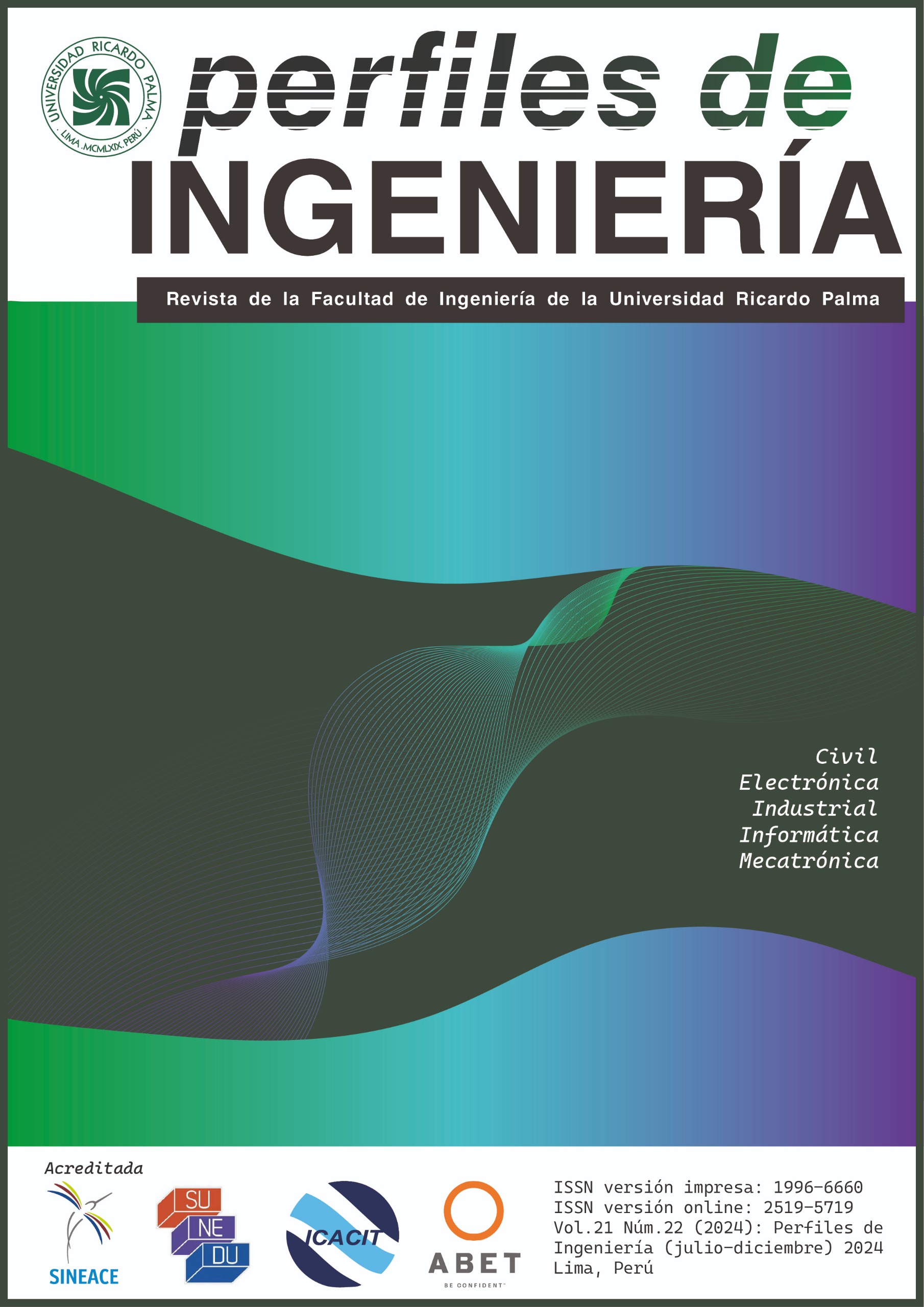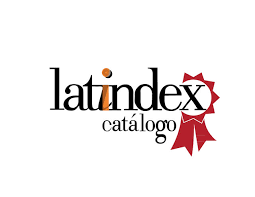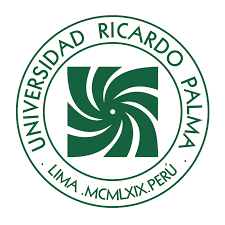Teaching of AM modulation using a state-of-the-art oscilloscope and spectrum analyzer
DOI:
https://doi.org/10.31381/perfilesingenieria.v21i22.6952Keywords:
modulación AM, AM portadora presente, porcentaje de modulación, profundidad de modulación, índice de modulación AMAbstract
There are some documents that deal with the use of spectral analysis of AM modulation but a joint analysis in the time and frequency domain is not found. This is why the aim of the present study was to show the benefits of using state-of-the-art oscilloscopes and spectrum analyzers for teaching carrier-present AM modulation (DSB-FC) in the time and frequency domains. For this, a spectrum analyzer, a radio frequency generator and an oscilloscope were used and we worked with different frequencies and modulation percentages. With the oscilloscope, the effective voltage (VRMS) and the peak-to-peak voltage of the pure carrier (Vcpp) and for the modulated carrier were measured, from these data the carrier power Pc and the total power PT were calculated, then the values. With the spectrum analyzer, the carrier power, total power (channel power) and the powers of the lower and upper sidebands were measured in dBm, µW and mV, and the theoretical values were calculated. Finally, the corresponding percentage errors were calculated for the two types of measurements. The results showed generally very low percentage errors, with the oscilloscope the maximum error was 14.38%, while with the analyzer the maximum error was 8.99%. In conclusion, DSB-FC x-learning teaching through laboratory experiences using modern spectrum analyzers and oscilloscopes provides very good quality experiential learning.
Downloads
Downloads
Published
How to Cite
Issue
Section
License
Copyright (c) 2024 Jorge Paul Ubillus Gonzales, Victor Manuel Cruz Orneta, Julio César Gonzalez Prado, Milton Marcelo Peña Calero

This work is licensed under a Creative Commons Attribution 4.0 International License.
In the event that the manuscript is approved for its next publication, the authors retain the copyright and assign to the journal the right of publication, edition, reproduction, distribution, exhibition and communication in the country of origin, as well as in the abroad, through print and electronic media in different databases. Therefore, it is established that after the publication of the articles, the authors may make other types of independent or additional agreements for the non-exclusive dissemination of the version of the article published in this journal (publication in books or institutional repositories), provided that it is explicitly indicated that the work has been published for the first time in this journal.
To record this procedure, the author must complete the following forms:

1.png)








